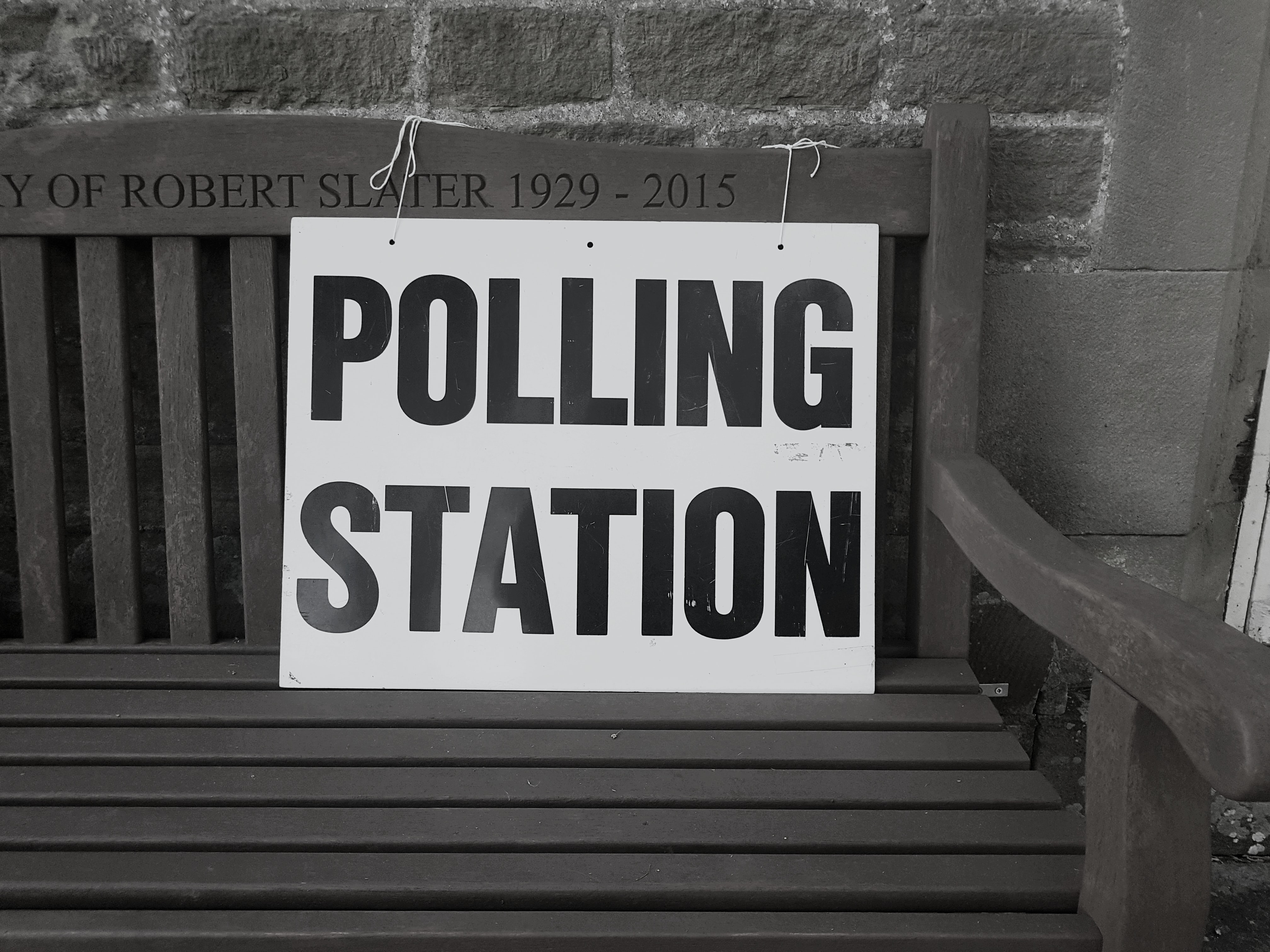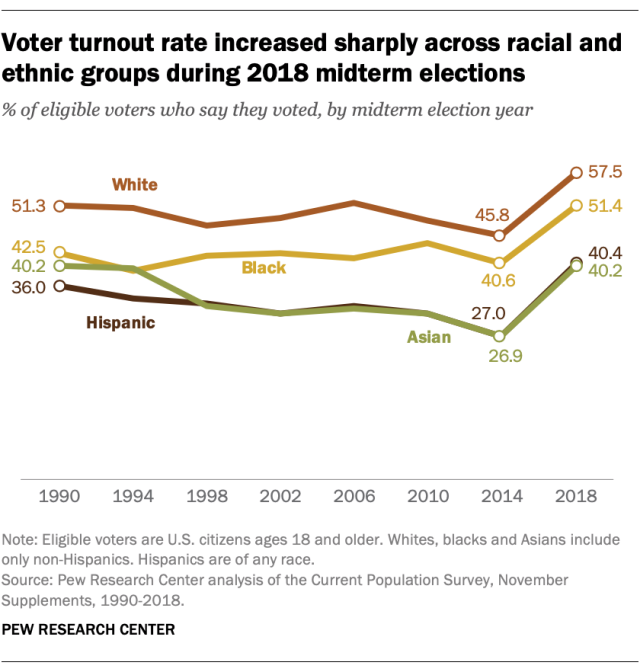- The Meaning of Critical Thinking: A Key Skill for Navigating Today’s Information Landscape - November 3, 2025
- Grandparents Can Develop Activist Grandchildren - September 29, 2025
- Top Six Reasons Credit Union Benefits Are a Smart Choice Over Banks - August 18, 2025
Last Updated on October 23, 2024
Voter turnout matters. We’ve seen some close elections in the past decade. But did you know about these election results decided by one vote?
- One vote per precinct gave John F. Kennedy the presidency in 1960.
- One vote per precinct in California made Harry Truman the president in 1948.
- The Selective Service Act passed in Congress by one vote in 1939.
- One vote gave Adolf Hitler the leadership of the Nazi party in 1923.
- One vote saved Andrew Johnson from impeachment in 1868.
- One vote brought Texas into the Union in 1845.
- One vote gave the United States the English language instead of German.
Our leadership is important, but does everyone believe that? Because a low percentage of people that are eligible to vote actually do. Ninety-two million people were eligible to vote in the 2016 presidential election but didn’t. It is a little embarrassing, but the United States has terrible voter turnout compared to other countries. Check out this chart from the Pew Research Center.
Americans tend to rally for presidential elections but do less well in primaries and non-presidential election years
U. S. Voter Turnout Demographics
So, what gives? And who are these people who stay home rather than voting? Well, it varies depending on gender, age, and other demographics.
Age
Voter turnout is higher for older people. It is a huge difference, in the range of 15-20 points lower for young people. But as they age and enter full-time employment, have a family, buy a house, and start to pay taxes, they are more aware of how voting impacts their life. This results in better turnout.
Gender
Women vote at higher rates than do men. Women’s voter turnout has surpassed men’s in every presidential election since 1980.
Race/Ethnicity
Race and ethnicity impact voter turnout, with rates being lower for Latinos and Asian Americans, and similar for whites and blacks. However, the 2012 election saw higher black turnout than white turnout for the first time.
Socio-Economic Status
Poverty harms voter turnout. People who make at least $150,000 a year have a strong voter turnout of 78%, compared to those making less than $15,000 a year, of which 41% vote. Politicians listen to people who vote.
Educational Level
Education is another factor in voting trends. More educated persons vote more often than those with less schooling. More education improves understanding of the impact of voting.
Employment Status
The rates of voter turnout vary by employment status, with government employees having the highest, while the unemployed vote at lower rates than those who own businesses or work for a company.
[Are you ready to mobilize? Read The Happy Activist and make the difference you wish to see in the world.]
Reasons for Poor Voter Turnout
The demographic information is interesting, but how does this information shape the ways we might improve voter turnout?
Voter turnout is impacted by
- Voter apathy
- Voting barriers
- Lack of education
Let’s review the reasons these issues impact voter turnout.
Voter Apathy
Voter apathy crosses all demographics. Even people who follow politics sometimes do not vote.
In the United States election of 2016, slightly more than half of our citizens voted. One reason may be voter apathy. Digging deeper, we find that voters may feel
- Indifferent: some people do not care about voting.
- Cynical: some people mistrust the government.
- Disheartened: many believe their vote doesn’t matter.
Indifference
Indifference about voting might result from being bored, having other things to do, or being discouraged about politics. At some point, we’ve all wondered whether voting makes a difference in our life.
One argument is that the costs of voting outweigh the benefits, leading to voter apathy.
“In order to vote, people must take time out of their busy weekday schedules to go to the polls. They must also invest their time and energy to learning about the candidates and issues and making a decision. In return, many elections are noncompetitive with the winner seeming fairly certain in advance. As a result, some voters perceive few benefits of voting, but many costs associated with the effort of voting.”
Cynicism
Our government and the election process are not perfect. So, many people distrust elected officials, candidates, and government. Feeling that your elected officials are not paying attention to your needs can be alienating and lead to voter apathy. Some people genuinely believe, ‘you can’t fight City Hall.’
Some people only focus on local issues, and some are antipolitical in the sense that they opt out of politics altogether. Antipolitics may take the form of the formation of fringe political parties or the creation of pseudo organizations such as Occupy.
Disheartened
I’ve felt that my vote doesn’t matter. In my state, I often don’t have Democrats for which to vote. If I do, they have little chance of success. I still vote, though, because you never know which election will be the one that makes a difference.
People who pay attention to the media coverage of races notice that they get lots of super-detailed information. The media commission polls which show the predicted outcomes of races. If one candidate has a huge lead, and when faced with going to vote, some people might opt out. And a race might be called before the polls close in the Pacific time zone, leaving those in the Western states feeling as if their vote doesn’t matter.
Voting Barriers
What barriers stop our citizens from voting? Well, obvious tactics such as voter suppression and gerrymandering are barriers to voter turnout.
“Nationwide, roughly 6 million American citizens are barred from having their voices heard because of antiquated and discriminatory ex-offender disenfranchisement laws. Voter suppression tools, including improper voter purges such as those recently upheld by the U.S. Supreme Court, keep countless eligible Americans from voting each election cycle.” Center for American Progress
Election reform is needed to prevent barriers such as gerrymandering from impacting voter turnout. But what about the everyday obstacles that get in the way? We might be able to overcome them for this election.
Voting can be hard, inconvenient, and intimidating.
These are the reasons most cited for not voting:
- illness or disability
- out of town
- too busy
- conflicting schedule
- transportation problems
- registration problems
- inconvenient polling place
Hard
Getting to the polls can be challenging. But getting yourself ready to vote can be hard, too.
Difficult Requirements
Being able to vote means meeting requirements. For example, you must vote at the precinct assigned to you by your address. But if you’ve moved without notifying the voting registrar, or informed them too late to vote in the next election, you can’t vote. Because of this requirement, people who live in the same place for a long time are more likely to vote.
Although the requirements vary by state, you must prove your identity to vote. If you bring the wrong proof to the polls, you may be able to use a different form. Ask a poll worker. It may be that casting a provisional ballot is an option.
A friend who volunteers as a poll worker told me that people often show up at the wrong precinct. That can be quite frustrating. Having a few places for early voting, where everyone can vote, confuses some people when they try to vote in the same place on an election day.
Accessibility Issues
The law requires election materials and polling places to be accessible. But they aren’t always. For example, a voter should be able to use a ballot in her own language.
The building in which people vote should also be accessible. People with disabilities should be able to get assistance to vote if they ask for it.
But, budget problems and lack of suitable locations mean precinct don’t always provide these accommodations.
Transportation Challenges
For some people, transportation is not a given. So being able to get to the polls might require asking someone for a ride or using public transport.
Getting Off Work
Getting off of work to vote can be a difficult task. Although a few employers allow employees to stay on the clock while they vote, most people have to forego pay to vote. Check out Time to Vote for a list of companies that give employees the time they need to cast their ballots.
Illness and Disability
Every part of this process is more difficult if you are ill or disabled. Illness and disability are the number one reason people cite for not voting.
Inconvenient
Long lines at a precinct might cause potential voters to head home. I remember having an infant and showing up at our polling location to find a line that would likely last for hours. My poor husband saved my place while I went home to feed and bathe our child, then I came back to vote. This kind of inconvenience might drive even loyal voters home.
Precincts Far From Home
Another inconvenience that might drive voters home is when the precinct is far away. A tired voter may decide it is just not worth trying to get there.
Busy Schedules
Sometimes people are just busy with issues that crop up in their day and forget to go vote. Or their schedule just doesn’t allow them to get to the polls.
Registration May Lead to Jury Duty
Some states draw the lists of potential jurors from the voter registration lists. So, even if a person wants to vote, they may be reluctant because of the possible call for jury duty.
Intimidating
I’ve been lucky. I’ve been privileged to vote for decades without being harassed. But that is not true for everyone.
Intimidation and harassment might take the form of unneeded questions about the right to vote, or making a voter provide more justification for voting than required for others.
People might bully other voters because of their race, ethnicity, gender, or sexual orientation. Some people impersonate poll workers to drive away voters.
A systemic problem is that minority voters may have to enter a police station to vote. Imagine how intimidating that can be for a person of color.
Lack of Education
Educational level is related to voting.
We need more basic civics education in school. Most Americans don’t understand the government and the pressing political issues in their lives.
But the reality of our society is that we have lots of information about candidates. In fact, too much. Ironically, with all the information available about candidates, people report that deciding who to vote for is more complicated.
Staying up to date takes time and energy, and if a person can’t decide, they may opt to stay home or leave part of a ballot blank.
“How does a potential voter judge a candidate whose speech cannot be understood? How does, say, a Spanish-speaking voter make an informed decision as to who should hold whatever office if the issues are presented in English, even if the ballot is in Spanish? There is an underlying premise in the American democratic process that voters know what they are doing, at least part of the time. Faced with a confusion of terminology, potential voters who are not proficient in English may be overwhelmed by incomprehensible words to such an extent that they ignore the voting booth.”
How Can We Get Out The Vote?
There are many barriers, literal and intangible, to voter turnout. That means we have a lot of work to do, both to change the system for the long term and to get people to vote in the short term.
The good news is that in the past four years have resulted in an upsurge in voting across racial and ethnic groups. That’s good news. When more eligible voters participate, it is a government for the people.
Are you ready to help get out the vote?
In my next post, I will show you ways to get out the vote that match your skills.
[Like what you’ve read? Follow the blog so you don’t miss any content.]
READ MORE
Who Should I Vote For? Vote Smart
Is the “Hate Has No Home Here” Yard Sign Just Milquetoast?
How Liberal Patriots Can Unite To Make A Difference
At the Intersection of Liberalism and Patriotism
Are there Liberal Patriots? Of Course, But They Won’t Look Like Conservatives
How an Activist Uses His Skills in a Powerful Way
What Gets in the Way of Voter Turnout?
Activism Across the Political Spectrum: How to Influence Your Elected Officials Successfully





Pingback: How To Get Out the Vote: It's Not Just Canvassing
Pingback: How to use your Superpowers for Civic Engagement • Get Out The Vote!
Pingback: Who Should I Vote For? Vote Smart • Resources
Pingback: How an Activist Uses His Skills in a Powerful Way
Pingback: How Liberal Patriots Can Unite To Make A Difference
Voter turnout indicates the number of people participating in the election. The higher voter turnout indicates the good health of the democracy. Government should use various ways to encourage people to participate in the election process.https://www.halfcircles.in/Voter-Turnout-Management.html